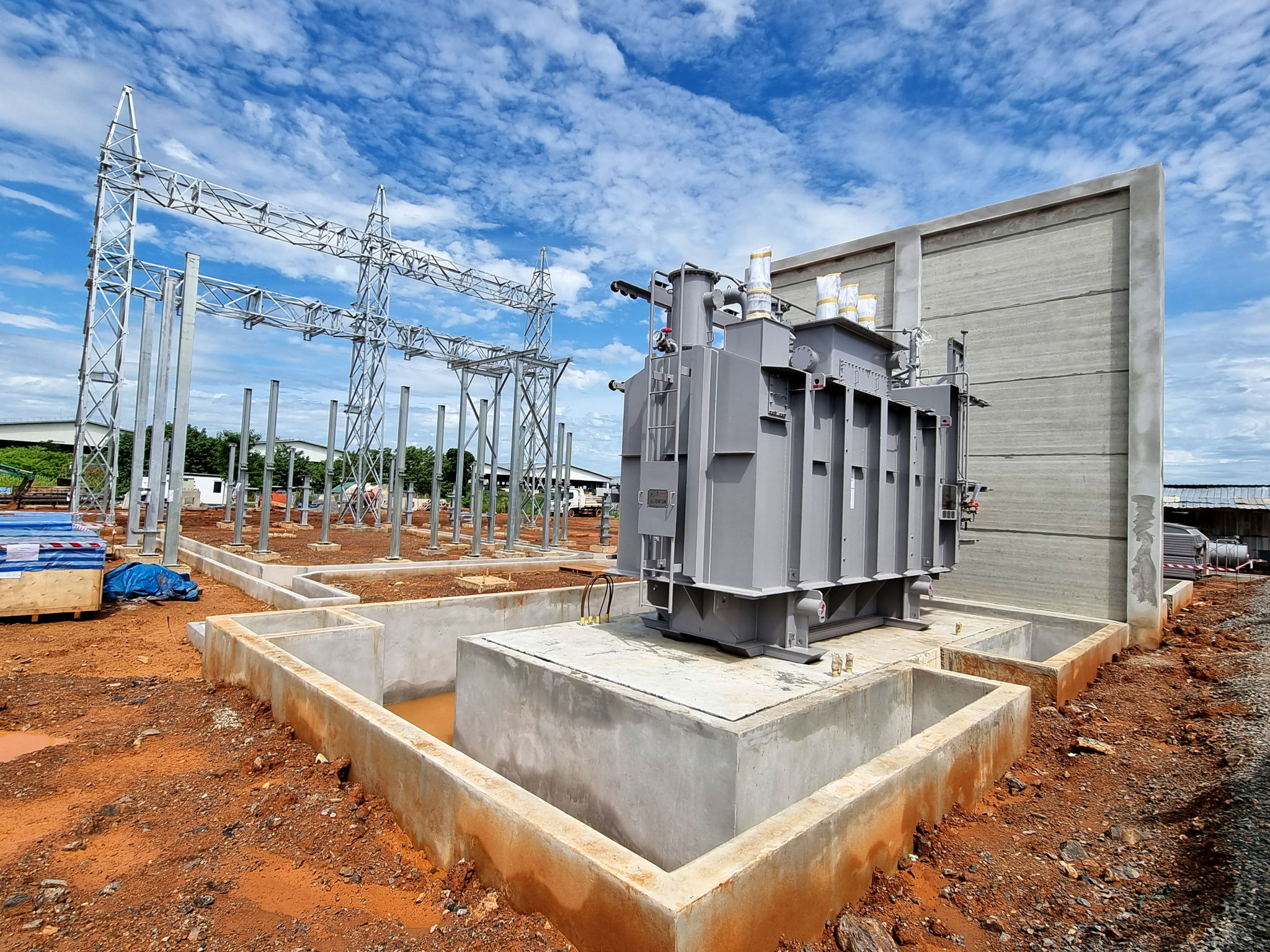Eco-Friendly Welding Practices: 21st Century Trends in the Industry
Understanding Eco-Friendly Welding
As industries worldwide shift towards sustainability, welding practices have not been left behind. Eco-friendly welding has gained momentum in the 21st century as companies seek to minimize environmental impact while maintaining high-quality production. By adopting green practices, the welding industry is not only reducing its carbon footprint but also enhancing operational efficiency and safety.

Innovative Techniques for Sustainable Welding
One of the most significant trends in eco-friendly welding is the adoption of advanced techniques that reduce waste and energy consumption. Techniques like laser welding and friction stir welding are proving to be more efficient and environmentally friendly. These methods produce less waste and require less energy than traditional welding processes.
Laser welding, for instance, utilizes focused light beams to join materials, leading to precision and minimal material wastage. Similarly, friction stir welding, which involves joining metals using a rotating tool, eliminates the need for fillers and fluxes, further reducing pollutant emissions.
Use of Recycled Materials
A growing trend is the use of recycled materials in welding projects. Recycled metals not only conserve natural resources but also cut down energy usage required to process raw materials. Many manufacturers are now sourcing recycled metals to reduce their environmental impact while maintaining product quality.

Environmentally Friendly Welding Consumables
Welding consumables, such as electrodes, wires, and gases, play a crucial role in the ecological footprint of welding operations. Industry leaders are now focusing on developing consumables that are less harmful to the environment. For example, low-fume welding wires and non-toxic fluxes are being increasingly utilized to minimize hazardous emissions during welding processes.
Furthermore, the use of alternative shielding gases, such as argon and carbon dioxide blends, is becoming more common. These gases are less harmful compared to traditional options like pure carbon dioxide, which can contribute to greenhouse gas emissions.
Energy Efficiency in Welding Operations
Energy efficiency is another key aspect of eco-friendly welding. Modern welding equipment is designed to consume less power while delivering optimal performance. Inverter-based power sources are a prime example, offering energy savings by converting power more efficiently than traditional transformer-based machines.

The transition to energy-efficient equipment not only reduces electricity consumption but also lowers operational costs for businesses. This shift is beneficial for both the environment and the bottom line of companies adopting these technologies.
The Role of Training and Education
To successfully implement eco-friendly practices, training and education are paramount. Educating welders about sustainable methods and the benefits of eco-friendly materials can significantly impact adoption rates. Workshops, seminars, and certification programs focused on green welding practices are becoming more widespread, helping to foster a culture of sustainability across the industry.
By prioritizing eco-friendly practices and continually innovating in line with technological advances, the welding industry is poised to make a significant contribution to global sustainability efforts. Embracing these trends not only benefits the environment but also enhances the reputation and resilience of businesses in this ever-evolving sector.
